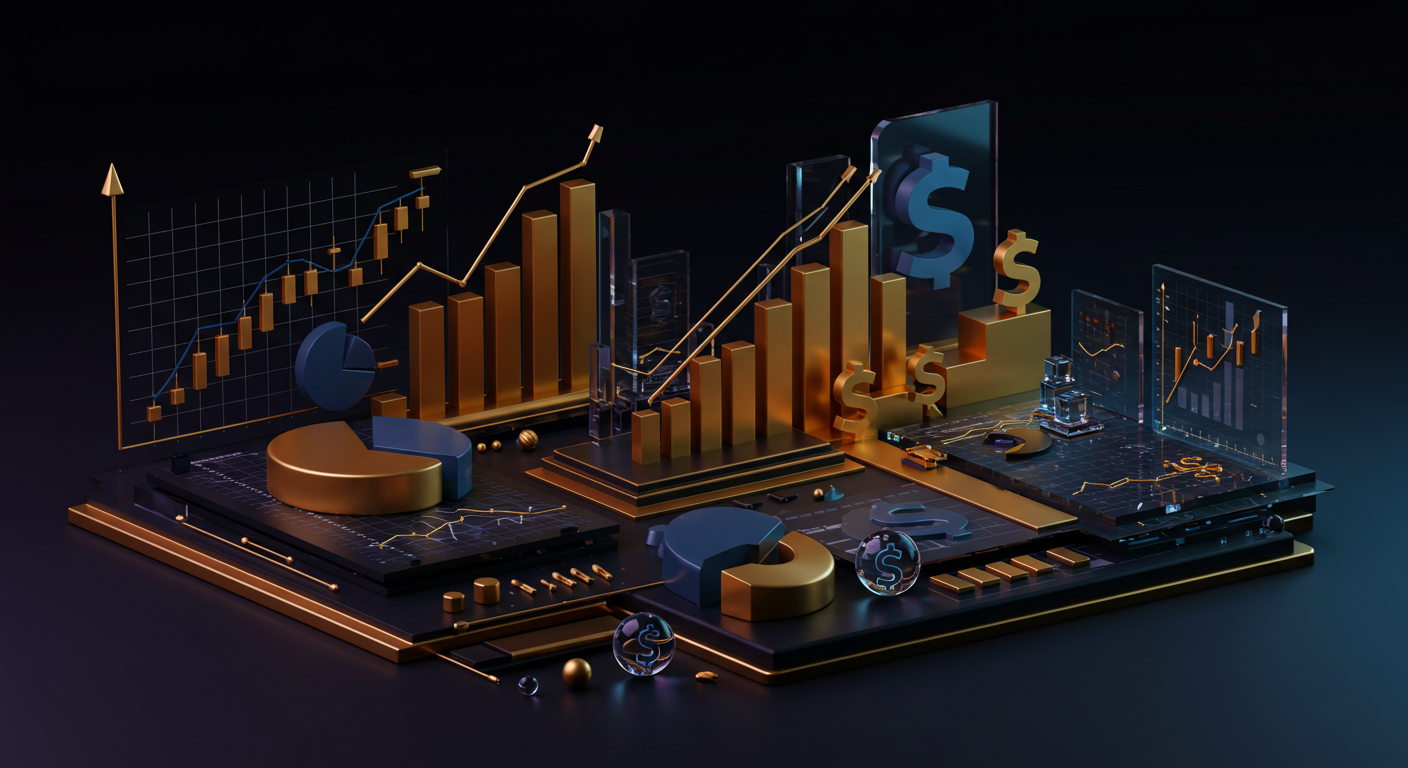
Silver prices surged nearly 2.4% to around $30.30 during North American trading following expectations of interest rate cuts by the Federal Reserve in June. Fed Chair Jerome Powell expressed concerns over economic uncertainty and the potential for increased inflation and unemployment due to tariffs imposed by President Trump.
Demand for silver as an industrial metal appears to be declining, impacted by tariffs, particularly against China, which affects its manufacturing sector. Silver’s applications in industries like electronics and solar energy are crucial, with China being a key manufacturer.
Technical Analysis of Silver
Technically, silver is testing a breakdown area from an Ascending Triangle chart pattern, showing that volatility may increase. The 14-day Relative Strength Index indicates the recent recovery could be brief, with support at the August 8 low of $26.45 and resistance at the April 4 high of $32.00.
Factors influencing silver prices include geopolitical instability, economic conditions in the US and China, and the performance of the US dollar. Silver often follows trends in gold, which also serves as a safe-haven asset.
The Gold/Silver ratio can provide insights into the relative valuation of silver and gold, guiding some traders on potential investment opportunities. Silver’s robust industrial applications make its price dynamics complex, relying on both investment demand and market conditions.
With the current spike in silver prices, reaching slightly above $30, we’re seeing a reflection not just of technical momentum but also of shifting policy expectations. Powell’s latest comments have added fuel to the fire, with cautious tones around interest rates. We interpret these signals as the Federal Reserve leaning towards a more accommodative stance—perhaps not immediately, but with increasing probability—especially if the economic drag from tariffs grows heavier. His mention of broader economic risks hints at room being prepared for rate adjustments.
Analysis of Market Dynamics
Now, while the industrial side of silver tells a separate story, it cannot be ignored. With manufacturing in China facing increasing pressure from persistent tariffs, forward demand for silver used in solar panels, semiconductors, and batteries may remain subdued. This is not speculation. When core demand from the production base weakens, it has a clear impact. Therefore, traders engaging with silver through derivatives should monitor any output data from major industrial consumers in Asia. China’s manufacturing PMI reports over the coming weeks could serve as useful data points.
Technically, we are observing silver testing a former support, now turned resistance, from an earlier Ascending Triangle structure. This level previously failed to hold in sellers. The re-test makes the situation unusually sensitive. Resistance is currently defined around the $32 zone, which has acted reliably in the past as an inflection area. If breached again with strong volume, momentum traders could pile in aggressively.
The 14-day RSI, which helps us sense whether a rally is overstretched or not, has begun to tilt downwards after reaching overbought readings. That might suggest the initial price run has matured. That isn’t always a bearish change in isolation, but when viewed alongside falling industrial demand, it’s certainly not being ignored. Nearby support around $26.45 remains well defined. If downward pressure begins to build, this lower bound will be watched closely.
Geopolitics continues to play a direct role, especially with economic friction not confined to the United States and China. Conflicts in Europe and commodity-linked currencies also affect dollar direction. And since silver is priced in dollars globally, a strengthening greenback tends to suppress its price—conversely, a weakening dollar would offer the metal further upside headroom.
Gold often leads the direction, and we have seen a historical preference among traders to use the Gold/Silver ratio as a relative measure. At current levels, that ratio is hovering closer to the lower end of its four-year average. That tells us silver may still be underweight compared to gold, even after the recent uptick. When this ratio compresses, it can imply growing interest or undervaluation in silver, based on either industrial optimism or safe-haven rotation.
We look at the balance between physical demand and speculative flows. With dual roles as both investment vehicle and manufacturing input, silver never trades on sentiment alone. This dual nature is what routinely invites short-term price adjustments that might leave casual observers scratching their heads. Futures positioning data from the CFTC will help sharpen our view here. If speculative long positions start accelerating from hedge funds, we can infer a stronger directional bias is forming.
As volatility edges higher and the Fed narrative grows louder, each movement in Treasuries, commodity currencies, and Asian manufacturing figures becomes more relevant to how we model outcomes. Our view remains fixed on how these factors interact—not in isolation, but in terms of momentum alignment. If Powell continues to ease hawkish tones, and if China’s output slows further, it creates a wedge in the expected demand-supply structure.
Overall, the silver chart is not just about spot price levels—but what drives those levels under the surface. We continue to interpret options premiums and implied vols for clues on how traders are planning for tail risk in the short term.







